**
Introduction and Objectives**
Optical spectrometers are scientific instruments which can provide a huge amount of information about the chemical and physical nature of our surroundings. Despite the fact that there are several DIY spectrometers (which are easy to build) they are, usually, not suitable to be used in some experiments such as the analysis of the Fraunhofer lines of the solar spectrum or the study of the raman spectrum of a molecule. For that purposes, a high resolution spectrometer is required, unfortunately professional equipments are usually expensive and hence, not accessible to the student or undergraduate. Therefore, the main objective of this project is to build a fully functional, high resolution DIY spectrometer with the lowest possible budget.
**
Design of the spectrometer**
**
**
The general design of the spectrometer is pretty simple:
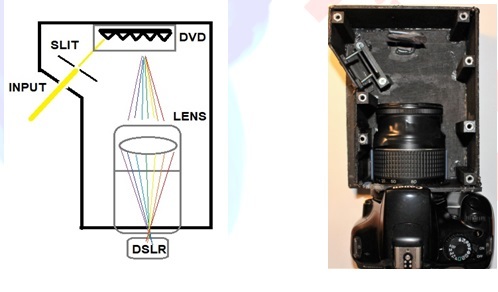 **
**
**
The spectrometer is composed of:
-An optical input (where the light enters the spectrometer).
-An entrance slit, which allows only a small fraction of the light to reach the diffraction grating (increases the net resolution achieved).
-A diffraction grating (I am using a DVD as diffraction grating).
-A focusing lens.
-A CDD detector (as detector, I am using an old 1100D Canon DSLR camera).
Most of the components of the spectrometer were designed and 3D printed. The total cost of the spectrometer is below 200 €.
Results
Here you have some examples of the results obtained with this spectrometer.
(Wavelength is given in nm)
Neon discharge lamp

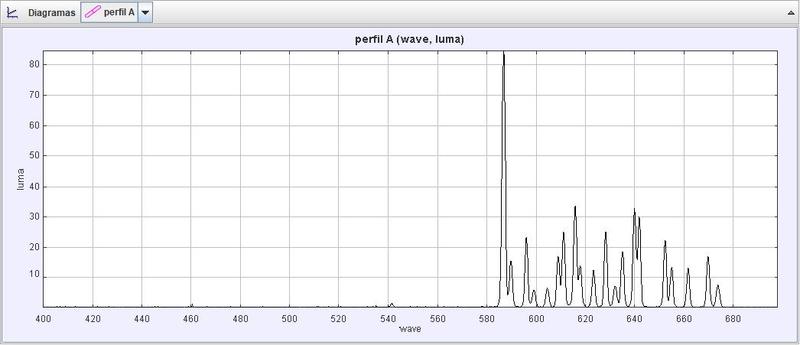
The following table shows the experimental spectral lines obtained for the Ne discharge lamp vs the reference data.
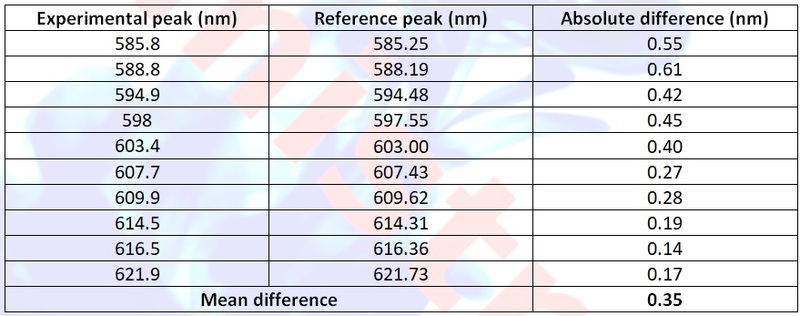
**
**
Solar spectrum

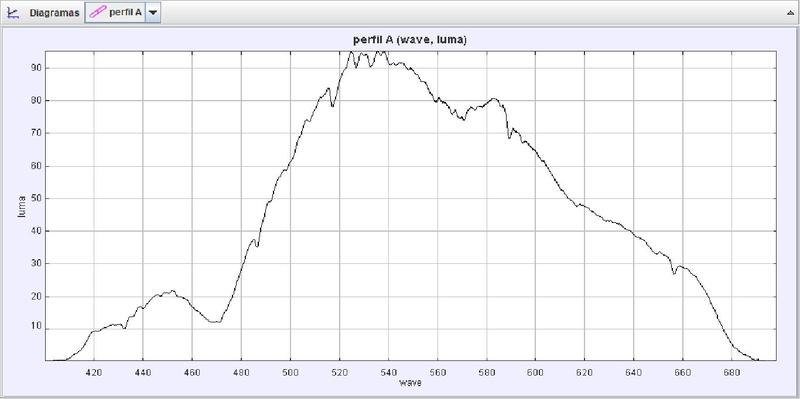
High pressure sodium lamp

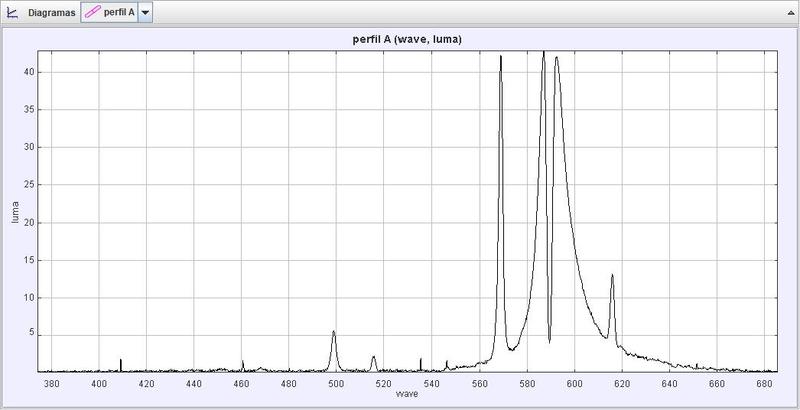
Further Development (In progress)
Currently, the spectrometer could be further improved mainly through the development of different accessories to which it can be coupled. These may include a UV-VIS spectrophotometer unit (oriented mainly for chemistry experiments) or a Plasma discharge-Optical emission spectrometer unit.
Note : All the details of this project are included in the following PDF file (If you are planning on producing or improving my work I would highly recommend you to have a look to it).
Here you have a small video about the spectrometer : https://youtu.be/DXkHjGL9CaA

5 Comments
This is fantastic! Are the 3d files available somewhere? I'd love to try to modify this (or build an adapter) for another camera to try to replicate your work.
Is this a question? Click here to post it to the Questions page.
Reply to this comment...
Log in to comment
Hi there @Bronwen , yes you can contact me at my email (shown at the end of the PDF file) and I should be able to send you the 3D models in a few days (as I do not have them with me right now)
Reply to this comment...
Log in to comment
Nice sharp lines on the neon spectrum! Good job!
Reply to this comment...
Log in to comment
Nice work. Can you do a spectrum of a low pressure sodium lamp? If you can, or cannot, resolve the doublet at 589nm you will have a better idea how high resolution your spectrometer is.
Also, rather than 3D-print your slit, try with a couple of razor-blades. You can easily get slit-widths lower than 200 µm. And while we're at the slit: What kind of magnification of the slit do you theoretically get with this setup, and what does that translate to, in terms of theoretical resolution?
Finally, is there a reason for not collimating the light from the slit, before it hits the grating. I'm thinking that uncollimated light will hit the grating at different angles, dispersing the same wavelength at different angles.
Is this a question? Click here to post it to the Questions page.
Reply to this comment...
Log in to comment
What program did you use to analyze spectra from photo?
Is this a question? Click here to post it to the Questions page.
Reply to this comment...
Log in to comment
Login to comment.